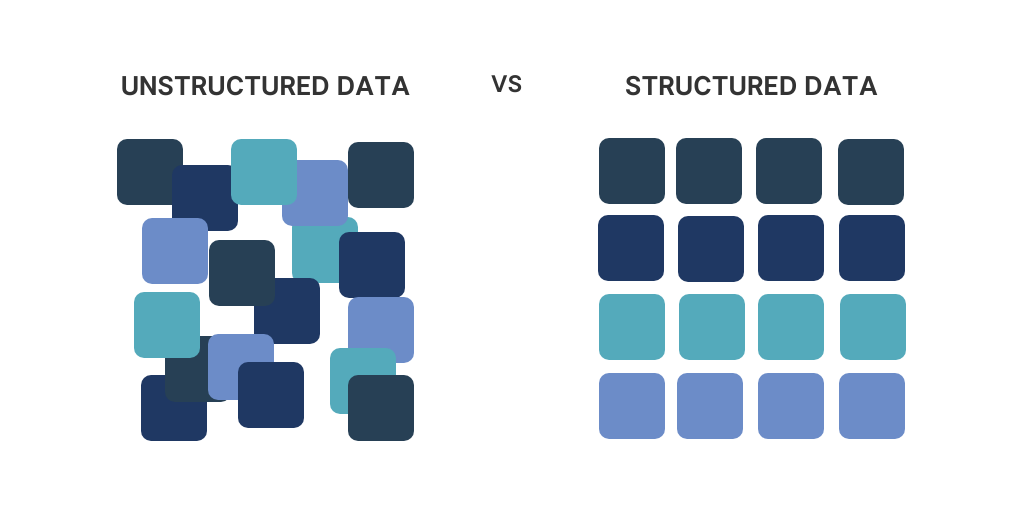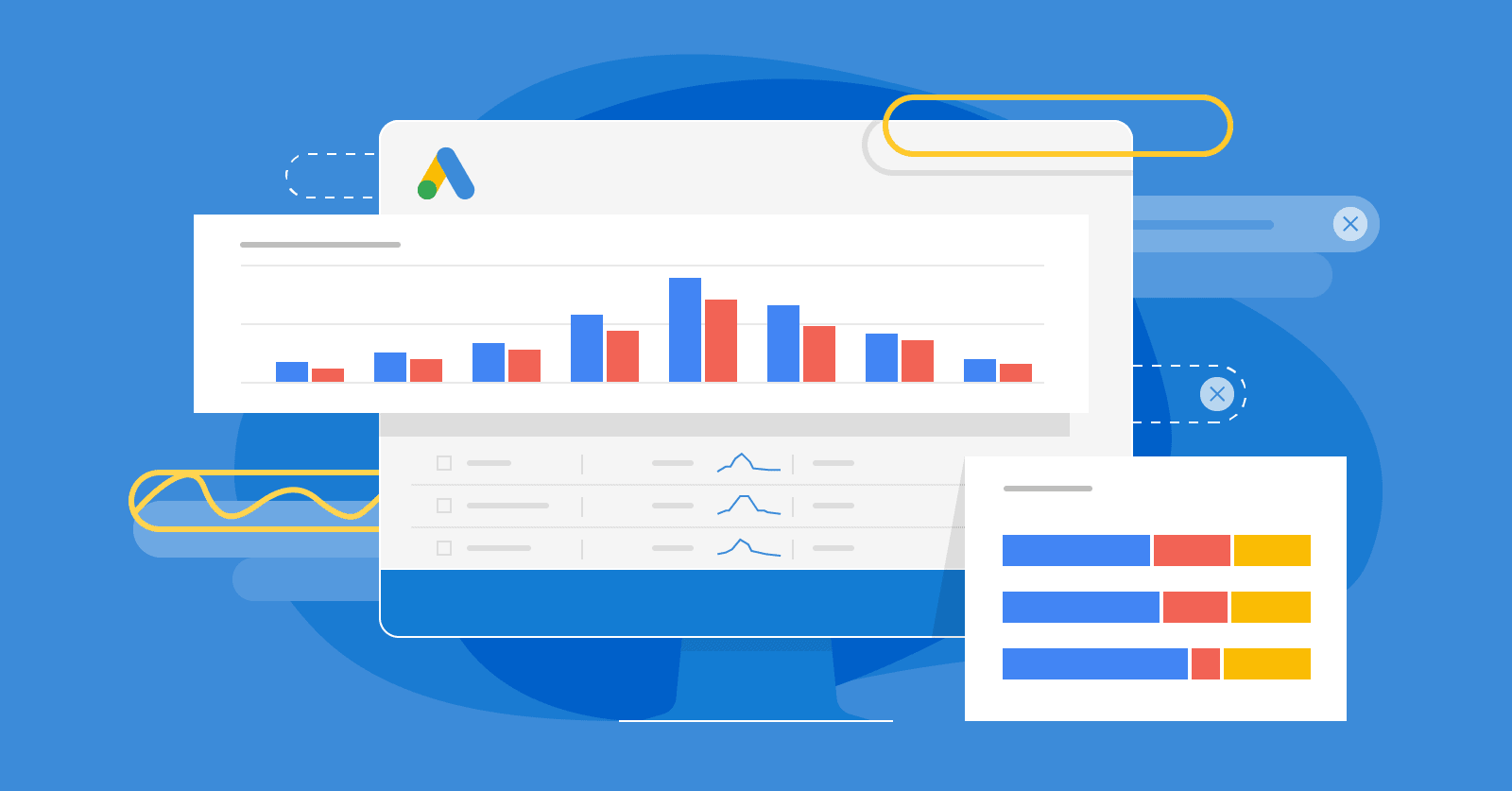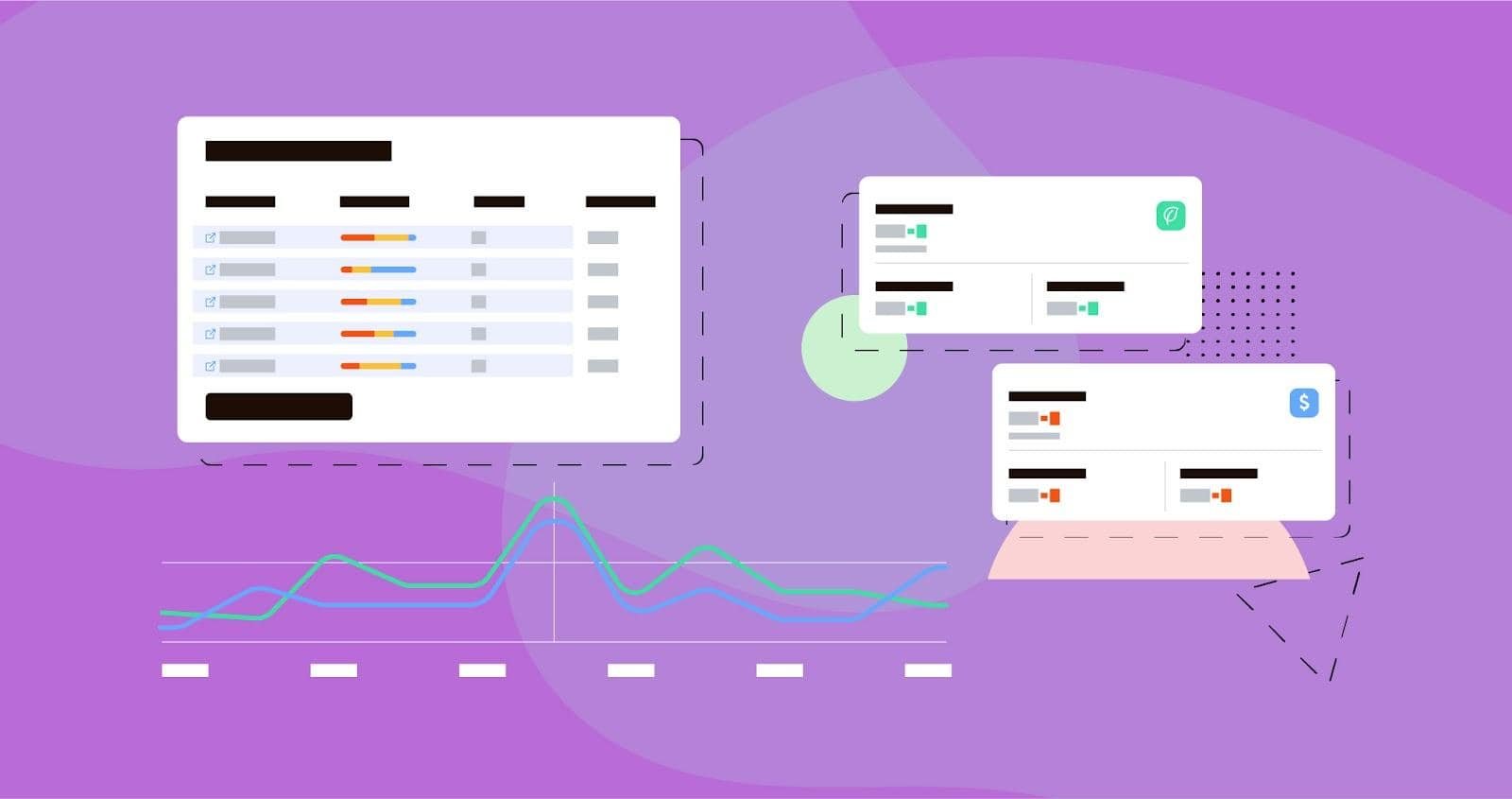Google is the undisputed king of search engines, processing over 5.6 billion daily searches. Needless to say, understanding the intricacies of Google’s ranking algorithm is essential for securing a coveted spot on the search engine results page (SERP).
This content marketing guide will delve into the key Google ranking factors you need to know to improve your website’s visibility and attract organic traffic. Without further ado, let’s explore the critical elements that influence your website’s standing on Google’s SERP.
Content
Quality Content
Content is king, and this adage still holds true in the SEO world. Google’s algorithm prioritizes content that the users find useful and informative. You can ensure that by:
- Focusing on originality: Publish unique, well-researched, non-plagiarized pieces of content that delivers value to the users. Authentic content will help your website rank higher.
- Optimizing keywords: Incorporating relevant keywords in a natural manner and avoiding keyword stuffing can improve search visibility.
- Identifying user intent: Creating content that your target audience is specifically looking for will boost traffic, engage visitors, and build credibility.
- Creating long-form content: Longer and more comprehensive content often tends to perform better on Google. By creating high-quality & engaging long-form content, not only do you provide your readers with in-depth knowledge & information-rich perspective on a topic but also boost user interaction by retaining visitors to your webpage for longer durations.
Content Freshness
Google rewards fresh and updated content. To maintain content freshness:
- Regularly update and republish old blog posts with new information.
- Publish timely and relevant content.
- Monitor your content for accuracy and relevance.
Video Content
The popularity of video content has only multiplied by leaps in the last decade. The majority of internet users now prefer to absorb information by pause & play. As such, incorporating video content within your website holds promises of improved user engagement and dwell time. Host videos on platforms like YouTube and embed them in your content. Also, when hosting your video content on platforms like YouTube, ensure that it is well-optimized for search engines. Add a detailed description with relevant keywords, incorporate closed captions (CC), and include relevant metadata.
Search Engine Optimization
On-Page SEO
A good percentage of Google SERP ranking depends on the on-page SEO of your content. Optimizing them can elevate your search engine visibility as well. On-page SEO includes:
- Title tags: Create engaging title tags with adequate & proper keywords.
- Meta descriptions: Craft meta descriptions that draw SERP visitors to your content.
- Header tags: Add structure to your content with H1, H2, and H3 tags and boost readability & accessibility.
- Image optimization: Compress images and add alt tags. The images should be pertinent to the page content.
Local SEO
Local SEO is a great way to increase online visibility for local businesses in their immediate regional areas. By thoroughly optimizing content and website structure, businesses can elevate their local search rankings in the SERPs. To know how, you can check out some local SEO guide and do it pretty much yourself! The easiest ways to improve local SEO are:
- Creating a profile on Google My Business listing and including all relevant information about the business.
- Adding & maintaining accurate NAP information (Name, Address, Phone Number) across websites, business profiles, online directories, and social media platforms.
- Soliciting and responding to customer reviews on the website as well as on other platforms.
Voice Search Optimization
Optimizing your website with voice search boosts the accessibility of your website to a wider audience. Boost voice search optimization by:
- Using natural language in your content.
- Answering frequently asked questions concisely.
- Focusing on local optimization if applicable.
Semantic SEO
Semantic SEO emphasizes the meanings behind words and phrases to help improve website rankings in organic searches. It also analyzes the context of the content and allows search engines to better understand what your content focuses on. To boost Google rankings with semantic SEO, you should use synonyms and related terms more extensively but accurately.
User Experience
Website Security
Google prioritizes website security. You can demonstrate this by:
- Ensuring your website has an SSL certificate: The Secure Sockets Layer (SSL) certificate, indicated by an “https” at the beginning of your URL, not only implies that your website is secure to visit but may also positively impact your SERP ranking.
- Adopting the HTTPS protocol: Indicated by a secure padlock icon in the browser’s address bar, the HTTPS protocol is essential for ranking higher on Google. It builds a secure connection between your website and your user’s browser by encrypting the data and augmenting security.
Mobile-Friendliness
A huge chunk of internet traffic comes from mobile phones. Naturally, Google considers mobile-friendliness a critical ranking factor. You can increase the mobile-friendliness of your website by:
- Using a responsive design: Make your website as navigable and accessible as possible by optimizing it to various screen orientations.
- Optimizing loading speed: Faster loading times enhance the user experience on mobile devices.
- Testing on different devices: Regular testing is essential to ensure that your website’s performance on mobile interfaces meets your standards.
Page Speed
Page speed is not only crucial for mobile devices but also for desktop users. Slow-loading pages are the bane of user experience and SEO. To improve page speed:
- Compress all media files including images.
- Minimize HTTP requests.
- Use browser caching.
- Optimize server response time.
Core Web Vitals
Core Web Vitals are a set of user-focused metrics that measure the loading performance, responsiveness, and visual stability of web pages. Google utilizes these metrics to assess a website’s overall user experience, which determines how the website is ranked in SERPs. Google’s Core Web Vitals include:
- Largest Contentful Paint (LCP)
- First Input Delay (FID)
- Cumulative Layout Shift (CLS).
User Engagement Metrics
Google pays attention to user engagement metrics such as time on site, bounce rate, and pages per session. High-quality content, easy navigation, and a well-designed website can improve these metrics, letting Google’s algorithm know that your users find value in your website.
Quality Click-Through Rate (CTR)
The click-through rate (CTR) measures to what level is your website relevant to the search queries. It considers the number of users who click on your website’s link vs the total number of viewers. A high CTR is always remunerative when it comes to user engagement. You can improve your CTR by:
- Creating captivating title tags and meta descriptions.
- Using schema markup to elevate how your webpage appears in the SERPs.
- Monitoring and optimizing your CTR regularly.
User Reviews
User-generated reviews on platforms like Google My Business and Yelp as well as websites can influence local rankings and the decision-making process for potential customers. Create exciting customer journeys and prompt existing customers to leave honest, detailed reviews about your service or product.
Performance
Structured Data
Structured data is an important factor in Google rankings as it helps search engines understand the full context of a webpage, allowing it to categorize them accurately which ultimately leads to higher visibility of your site on the SERPs that address very specific search queries.
Site Navigation
An easy-to-navigate site not only delivers a seamless user experience but also helps the website stand out. You can establish a smooth site navigation by:
- Establishing a robust site architecture: A well-structured site architecture makes it easier for both users and search engines to seamlessly navigate your website. Use a clear hierarchy, logical navigation menus, and internal linking to establish a well-connected, navigable website.
- Create coherent sitemaps: Sitemaps are used by search engines to crawl and index your website element to element. The more coherent a sitemap is, the more effective mapping out the website will be for Google. Ensure you have XML sitemaps in place and submit them to Google Search Console to aid in the indexing process.
- Create clean and descriptive Page URL structures: A clear URL for your page makes it easier for both users and search engines to gain a better insight into the content and context of a webpage.
URL Redirects
Properly handle URL redirects when you make changes to your website. To maintain SEO equity, make sure you are using the redirects accurately.
- For permanent changes, use 301 redirects.
- For temporary changes, use 302 redirects.
Best Practices
Link Building
Link building is a powerful strategy to upgrade your website’s credibility and authoritativeness in the field, while simultaneously influencing Google ranking.
- Internal links: Internal links are a great way to lead your users from one content to another within your website. Use them wisely to connect relevant pages.
- Broken links: Conduct regular inspections of broken links on your website and fix them to ward off any potential negative experience.
Backlinks
Backlinks are incoming links from other web pages to your website. The quality and authority of the backlinks remain a critical determining factor when it comes to measuring the credibility of your website. Hence, it remains a fundamental ranking factor as well. To build a strong backlink profile:
- Create exceptional, unique content that others in your niche or industry would want to link to.
- Secure high-quality backlinks from credible and reliable sources by fostering relationships with influencers & industry leaders in your niche.
- Avoid low-quality or spammy backlinks.
Social Signals
While the direct impact of social signals on Google’s ranking algorithm is debated, there’s no doubt that a strong social media presence can indirectly boost your website’s visibility. Keep your audience engaged across social media platforms and create captivating social media campaigns to promote your website.
Domain Authority
Google considers your web page’s domain authority as a major ranking factor. Domain authority signifies the credibility and authenticity of your website and measures how reliable it is. To increase your domain authority:
- Attract high-quality backlinks from legitimate websites within your niche.
- Create valuable and linkable content.
- Disavow toxic backlinks that may harm your reputation.
E-A-T (Expertise, Authoritativeness, Trustworthiness)
Google places a strong emphasis on the E-A-T of a website and its content, especially for YMYL (Your Money or Your Life) topics. To boost your E-A-T:
- Showcase author credentials and expertise.
- Build trust by citing reliable sources and providing accurate information.
- Stay transparent with your users by clearly displaying privacy policies, terms of service, etc.
Reporting and Analysis
Regularly monitor your website’s performance with tools like Google Analytics and Google Search Console. Utilized the gathered data to drive decision-making and strengthen SEO strategy.
Conclusion
Google’s ranking algorithm is continuously evolving. This makes understanding the key factors that influence your website’s position in search results all the more essential. By focusing on high-quality content, on-page SEO, mobile-friendliness, and the many other factors mentioned in this blog post, you can improve your website’s visibility and attract organic traffic.
Remember that SEO is an ongoing process, and staying updated with the latest trends and algorithm changes is crucial for long-term success. There are several organizations that will help you restrategize your SEO efforts with professional SEO services. With dedication and the right strategies, you can climb the ranks and secure a prominent spot on Google’s SERP.







